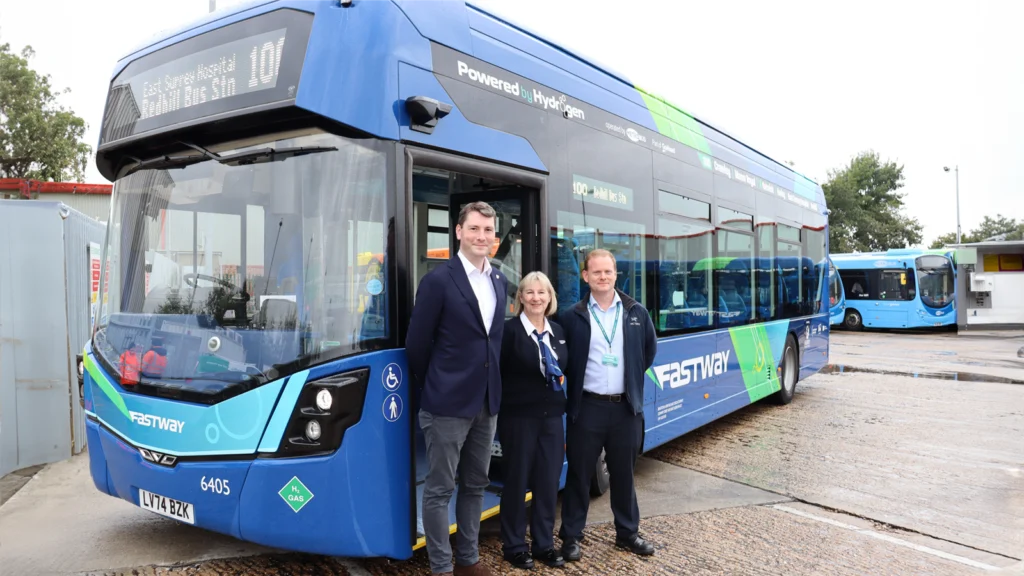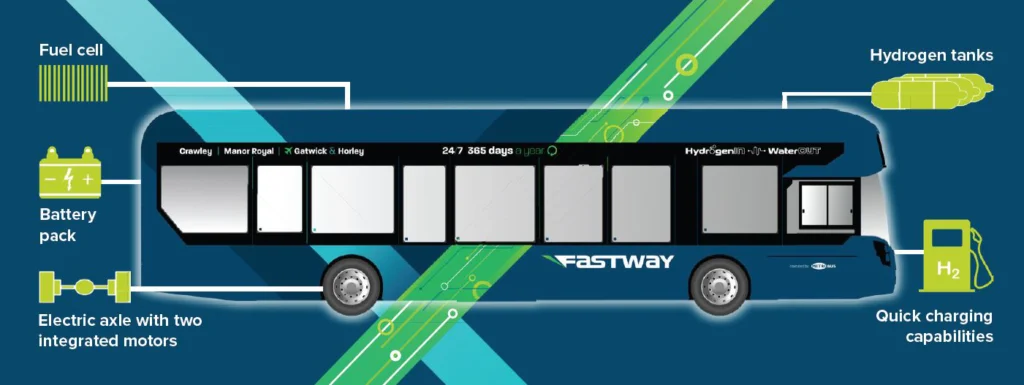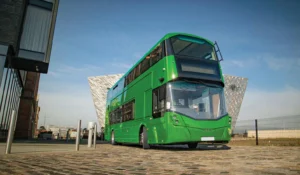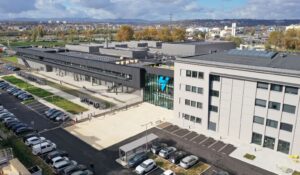Hydrogen: Surrey introduces 34 new single and double-decker buses on key routes

Surrey’s roads are about to get a lot cleaner – and a lot quieter – as Surrey County Council rolls out 34 new hydrogen-powered buses this month.
The move is part of the council’s £16million investment to accelerate zero-emission travel across the county, putting sustainability at the heart of its public transport strategy.
Powered by green hydrogen – the most sustainable kind, produced from renewable sources – these buses promise a smooth, near-silent ride.
Passengers will enjoy modern conveniences such as free Wi-Fi, charging points, and ‘social seating,’ ensuring a comfortable journey while reducing their carbon footprint.
Key routes
In the coming weeks, 23 single-decker hydrogen buses will begin service on some of Surrey’s busiest routes, including the Fastway 100, which connects Redhill to Gatwick Airport, and Routes 430 and 435, serving areas like Merstham, Reigate and East Surrey Hospital.
By winter, 11 double-decker hydrogen buses will join the fleet, expanding zero-emission travel options on routes 420, 460, and 480, which link Epsom, Reigate and Gatwick Airport.
These new additions follow Surrey’s 2023 rollout of 20 hydrogen buses in the Horley, Gatwick, and Crawley areas, all operated by Metrobus.
Built by UK manufacturer Wrightbus, the buses are part of a broader push by the local government to decarbonise public transport in the region and make hydrogen a core element of Surrey’s future.
Commitment to sustainability
Surrey County Council’s Cabinet Member for Highways, Transport, and Economic Growth, Matt Furniss, showed his enthusiasm about the initiative, saying: “We’ve partnered with Metrobus to bring in these 34 new zero-emission buses as part of our ongoing commitment to sustainable travel and cleaner air for Surrey’s residents.
“This is fantastic news not just for the people of Surrey, but for everyone travelling through our county.”
Furniss also highlighted Surrey’s broader efforts to modernise its public transport network.
This includes a £6.3million investment in zero-emission community transport minibuses and £9million in bus priority measures to improve punctuality.
“We’re giving residents more ways to opt for cleaner travel options,” he added.
The hydrogen future is here
Ed Wills, Managing Director of Metrobus, echoed these sentiments, saying: “These hydrogen buses show that zero-emission public transport isn’t a far-off dream – it’s here, and it’s working.
“With hydrogen fuel cells, the only byproduct is water, which makes these buses a game-changer for reducing emissions in Surrey.”
Wills also praised the partnership between Metrobus and Surrey County Council, calling it a “great example of how collaboration can bring real change to our transport systems today”.

Making hydrogen propulsion the norm
This fleet expansion is part of a much larger picture.
With the UK pushing towards its net-zero targets, hydrogen-powered buses are a crucial piece of the puzzle – especially for decarbonising larger, more demanding vehicles like buses.
Surrey’s move shows just how quickly hydrogen can be integrated into public transport, setting a powerful example for other regions to follow.
Hydrogen isn’t some pipedream for the future of transport – it is very much the present.
As more councils, companies and commuters embrace hydrogen-powered mobility, hydrogen is poised to become the driving force behind a cleaner, quieter and greener future.
As hydrogen fleets grow, this will hopefully incentivise traditional refuelling station operators to introduce hydrogen pumps for public use, sparking wider adoption of hydrogen cars and vans for everyday drivers.
And thankfully, with only pure water coming out of the exhaust pipe, the next time you’re commuting behind a bus, you can happily reach your destination without worrying about catching a 19th-century mining lung disease.










